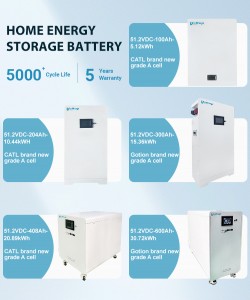Four Common Misconceptions in Battery Capacity Selection
1: Selecting Battery Capacity Based Solely on Load Power and Electricity Consumption
In battery capacity design, the load situation is indeed the most important factor to consider. However, factors such as the battery’s charge and discharge capabilities, the maximum power of the energy storage system, and the electricity consumption pattern of the load should not be ignored. Therefore, battery capacity should not be chosen based solely on load power and electricity consumption; a comprehensive evaluation is necessary.
2: Treating Theoretical Battery Capacity as Actual Capacity
Typically, the theoretical design capacity of a battery is indicated in the battery manual, representing the maximum energy the battery can release from 100% state of charge (SOC) to 0% SOC under ideal conditions. In practical applications, factors like temperature and usage duration affect the actual capacity of the battery, deviating from the design capacity. Additionally, to prolong battery life, discharging the battery to 0% SOC is usually avoided by setting a protection level, reducing the available energy. Hence, when selecting battery capacity, these considerations must be accounted for to ensure sufficient usable capacity.
3: Bigger Battery Capacity is Always Better
Many users believe that larger battery capacity is always better, yet battery utilization efficiency should also be considered during design. If the photovoltaic system’s capacity is small or the load demand is low, the need for a large battery capacity may not be substantial, potentially leading to unnecessary costs.
4: Matching Battery Capacity Exactly to Load Electricity Consumption
In some cases, battery capacity is chosen to be nearly equal to the load electricity consumption to save costs. However, due to process losses, the battery’s discharge capacity will be less than its stored capacity, and load electricity consumption will be lower than the battery’s discharge capacity. Neglecting efficiency losses can result in insufficient power supply.
Post time: Sep-11-2024









